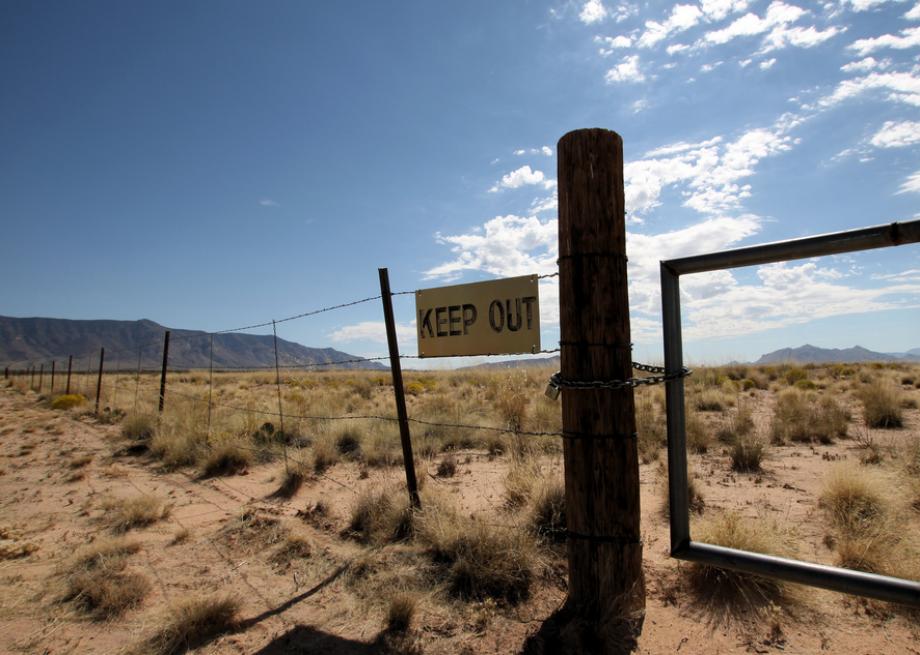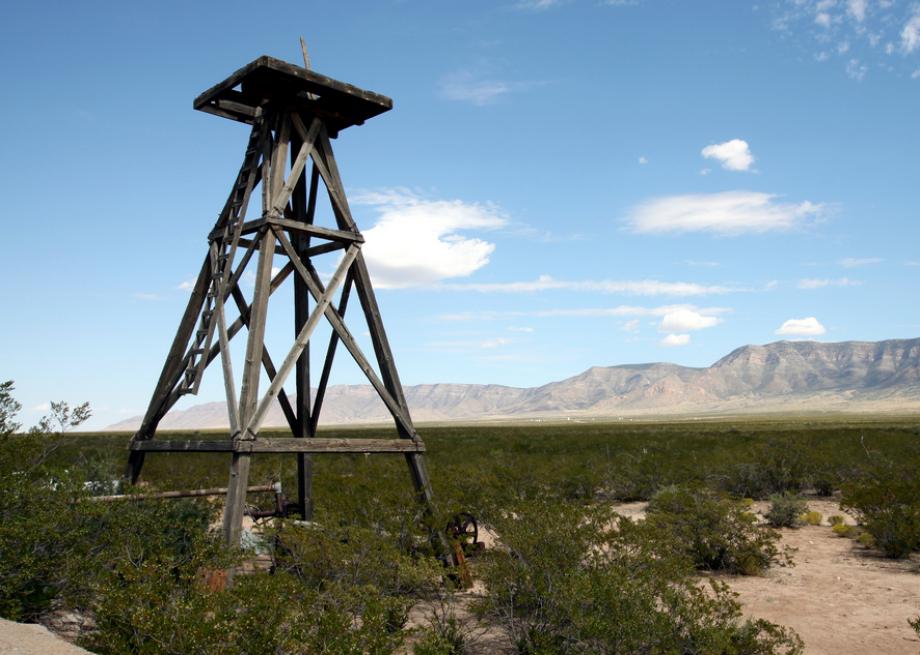Unholy Trinity: Visiting the Site of the First Nuclear Weapon Test
Atlas Obscura on Slate is a blog about the world's hidden wonders. Like us on Facebook, Tumblr, or follow us on Twitter @atlasobscura.
On the evening of July 16, 1945, President Harry S. Truman was at the Potsdam Conference in Berlin when he received a message from home. "Operated this morning," it read. "Diagnosis not complete but results seem satisfactory and already exceed expectations."
The operation to which the message referred was codenamed Trinity and involved the testing of a device nicknamed "the gadget." Early that morning, a group of about 250 scientists and military officers had crowded into three bunkers in the New Mexico desert and watched as a brilliant flash lit the pre-dawn sky in shades of purple, green and white. They had just witnessed the first detonation of a nuclear weapon. Pandora's Box was open and the Atomic Age had begun.
The plutonium bomb, tested at the White Sands Proving Ground in the Jornada del Muerto desert, was the culmination of six years of nuclear weapon research and development under the Manhattan Project. Despite all the preparation, no-one knew exactly what to expect during the detonation of the Trinity bomb. The physicists and army officers made bets with one another on the outcome — some predicted it wouldn't explode at all, while others foresaw the destruction of the entire world (and presumably were at peace with never getting to gloat about being right.)
The gadget was hoisted atop a 100-foot tower for detonation in order to better simulate a bomb being dropped from a plane. When it exploded at 5:29 am, the mushroom cloud plumed to over seven miles high. People 100 miles away saw the flash of fire and felt the shockwave. To quell speculation, the Alamogordo Air Base issued a press release describing the casualty-free explosion of "a remotely located ammunitions magazine containing a considerable amount of high explosives and pyrotechnics."
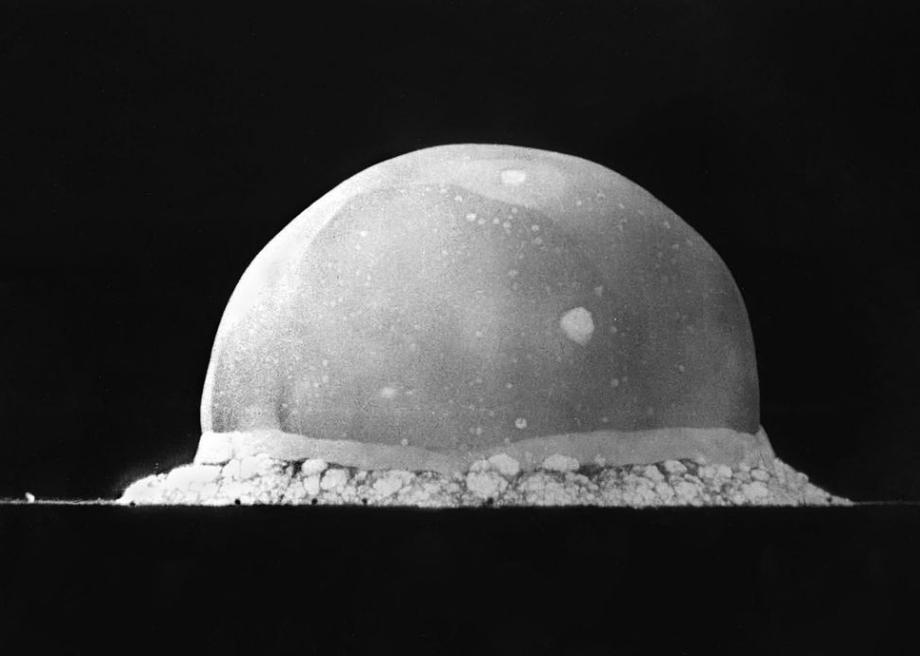
Satisfied with the results of the Trinity test, the U.S. prepared two new bombs: Little Boy, built with uranium-235 as its fission source, and Fat Man, which, like the Trinity bomb, was assembled using plutonium.
Three weeks after Trinity demonstrated the destructive possibilities of nuclear weaponry, the U.S. dropped Little Boy on Hiroshima, followed by the deployment of Fat Man on Nagasaki three days later. Over 150,000 people died. Japan surrendered. At an unfathomable cost of human life, the war ended. But another of a different timbre would soon begin: the Cold War, with its Mutual Assured Destruction, big red buttons, and futile duck-and-cover campaigns.
The Trinity test site is closed to the public except for one day every year: the first Saturday in April. On this day, visitors are welcome to stand on the spot where "the gadget" ushered in the Atomic Age. A slight crater in the ground, 340 feet across, is the only scar from the explosion. Two miles away is the ranch house where the bomb was assembled. A stone obelisk marks ground zero. It's almost peaceful.
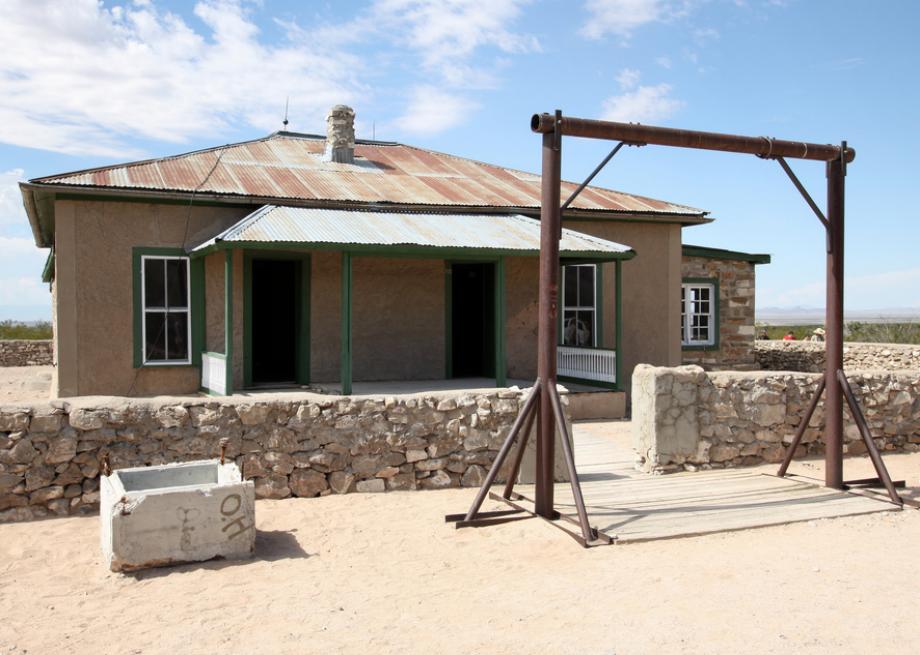
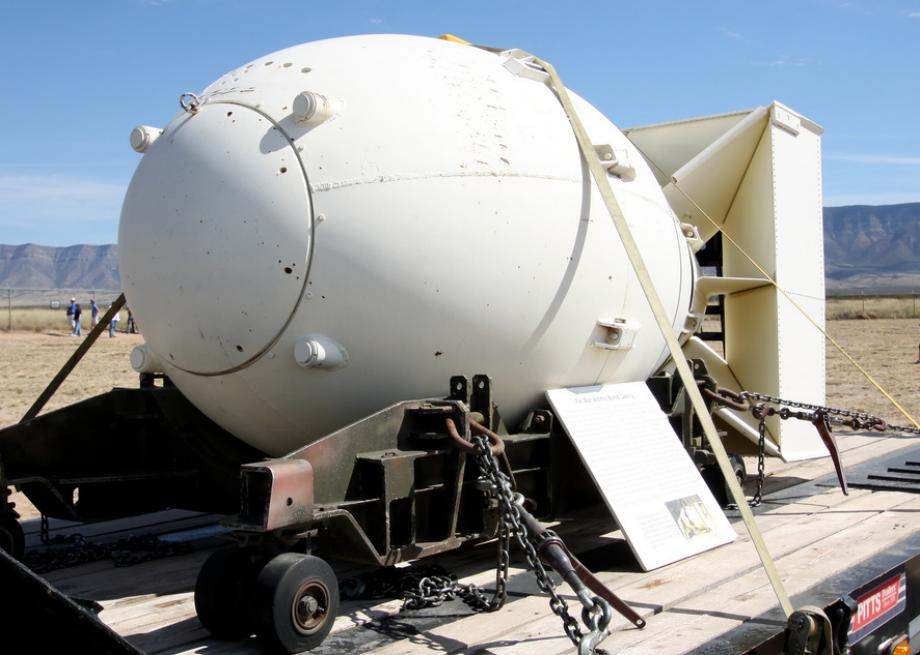
Other Atomic Age destinations
View Trinity Site in a larger map

